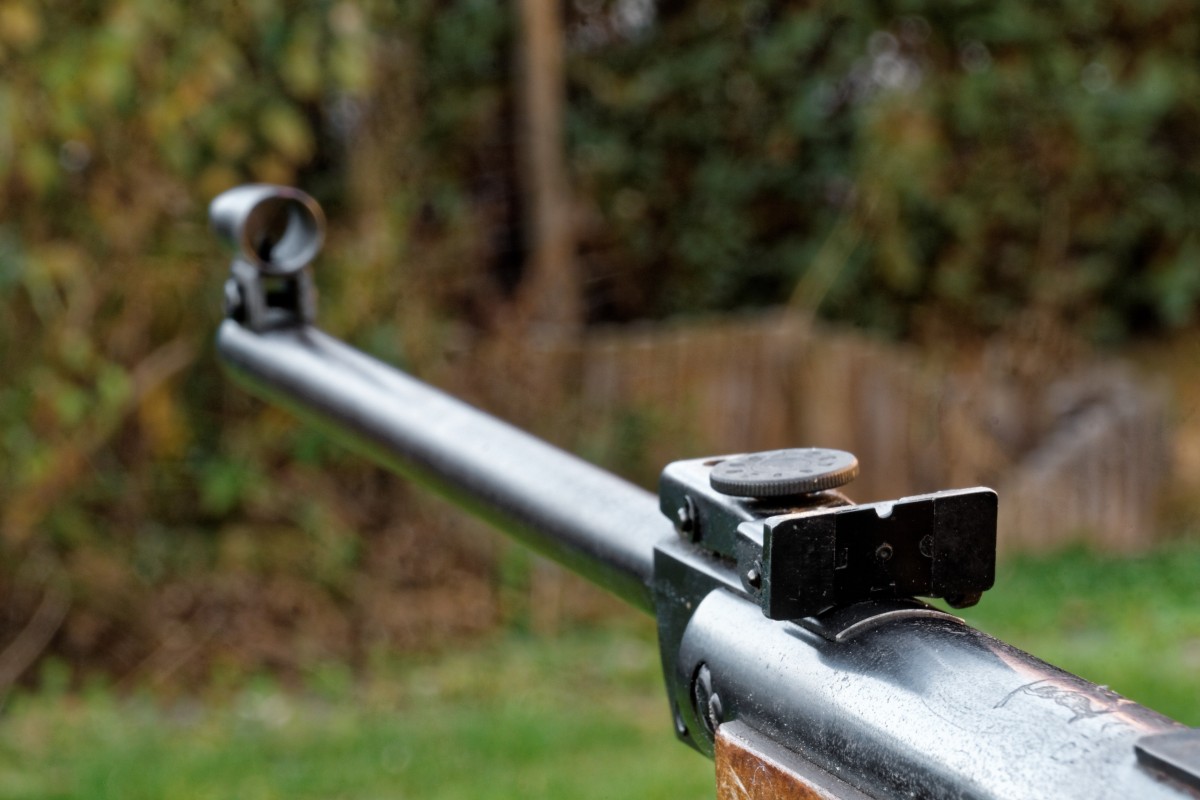
4th Oct 2019
How To Clean An Air Rifle
There are any number of reasons why you may want to clean your air gun. It could be dropping in accuracy; not as smooth as it once was; you might simply enjoy the process; or you might want to protect an investment. It doesn’t matter why you want to clean your air rifle, all that matters is how you clean your air rifle.
Naturally, the first thing to do before anything else is to check that the weapon is safe and unloaded. Even if you “know” it to be safe, do a quick double check.
Barrel (inner)
First things first – the barrel. There are competing schools of thought as to whether it’s a good idea to clean your air gun’s barrel or not. The pellet as it travels down the barrel will leave a deposit of lead on the rifling. However, when this builds up to be “too much” it’s immediately removed by the next shot. It supposedly naturally reaches its own equilibrium (known as a leaded barrel).
Whether you agree with this claim or not, there will be a time where you need to clean the barrel. This could be before long term storage, sale or refurb. Some people suggest that you should clean your barrel if you change pellet types, since each type will “lead” the barrel differently.
It’s down to you to decide.
When you come to clean your barrel, there are a few “basics” to wrap your head around. Firstly, you’re cleaning away oil, dirt and soft lead, not caked on carbon deposits, it doesn’t take serious tools or chemicals to get the job done. Secondly, the barrel can be more fragile than expected. Ensure that you’re using tools which won’t abrade or ruin the internal finish of the barrel.
Starting from the breech (not the muzzle), use a cleaning rod or a pull-through cloth to remove deposits from the inside of the barrel. If your barrel is made from steel, use a brass brush. If the barrel is brass, use a nylon brush etc. Always use tools which are softer than the barrel to avoid damage. If concerned, simply pull-through some lint-free cloth until the barrel is clean.
If you’re struggling to remove the deposits, begin to introduce a light drop of oil to the barrel. However, after cleaning ensure that the entire barrel is clean of oil. The only time oil should be left on the inside of the barrel is if you intend to store the barrel for a long period of time. You can remove any oil deposits with some high quality degreasing spray.
Barrel (Outer)
The outer barrel and receiver area are much simpler to clean and maintain. Here, you’re simply looking to remove any dirt, grime and dust deposits and leave a thin layer of protective oil which will stop the weapon from corroding over time.
This is a simple process. Grab yourself a lint-free cloth and clear away any contaminants from the surface of the weapon. This is particularly important if you’ve been shooting outdoors in the wet. Once clean and dry wipe on a thin layer of silicone oil to protect the metal from corrosion. We created our sportsman’s cloth to do this all in one action, so you don’t have to worry about it. Using silicone means you use the same product for outer barrel and stock with no contamination problems. Similarly, if placing your weapon in storage you’ll want to place a thin film of silicone oil on the surface. Even if it looks clean. It acts as a barrier to corrosion and is vitally important.
Stock
If the stock on your rifle isn’t wood, then you’ve got very little to worry about. Wipe it down once and a while.
If however, you have a wooden stock, cleaning and protecting it is hugely important. It doesn’t take much neglect to ruin a wood stock indefinitely. Clean down the stock as you would anything else, avoid using damp or wet cloths, try to keep it as dry as possible. Keep an eye out for scratches or areas of wear on the stock which may be a start of wider problems.
Areas of wear or scratches down to bare wood will allow moisture to permeate into the wood stock. This moisture can do any number of things. It may cause the wood to swell and misshapen; it may dry unevenly and crack the wood; it may leave an ugly stain; it may give way to mould.
The simplest way to prevent this is to keep the wood’s finish fresh. There are many ways to finish a stock and it depends on the style of the wood. For this, we have a wood oil stock finish to protect wooden stocks.
Action and Trigger
The action and trigger of the air rifle is quite obviously important to the gun’s operation. It only takes a little bit of unnoticed moisture to sit on the internals of the weapon and you’ll have a seized rusted gun in no time. Most people prefer to take their weapon to a gunsmith to clean, lubricate and maintain these parts, as they’re complicated and vital to the gun’s operation.
We recommend a few drops (or spray) of mineral oil into the moving parts between visits to the gunsmith to ensure optimal operation.
If you are brave enough to venture into the insides of the weapon. Use a quality silicone removing degreasing spray to clean anything old from the working parts. Then, replace with our Gun Grease. It’s a thick molybdenum grease which clings to the surface and provides excellent corrosion resistance.
Scope
Often overlooked in the cleaning process is the scope. Give it a gentle wipe down with a lint-free cloth. Do not get oil or moisture on your scope as it can seep its way under and behind the glass, degrading the visual quality. Ensure that you remove any dust-covers on dials; they’re common harbourers of dirt and grit which can affect performance. Naturally, the accuracy of the rifle depends on your scope, you don’t need us to tell you to be gentle when cleaning the scope otherwise you might have to re-zero your scope.

